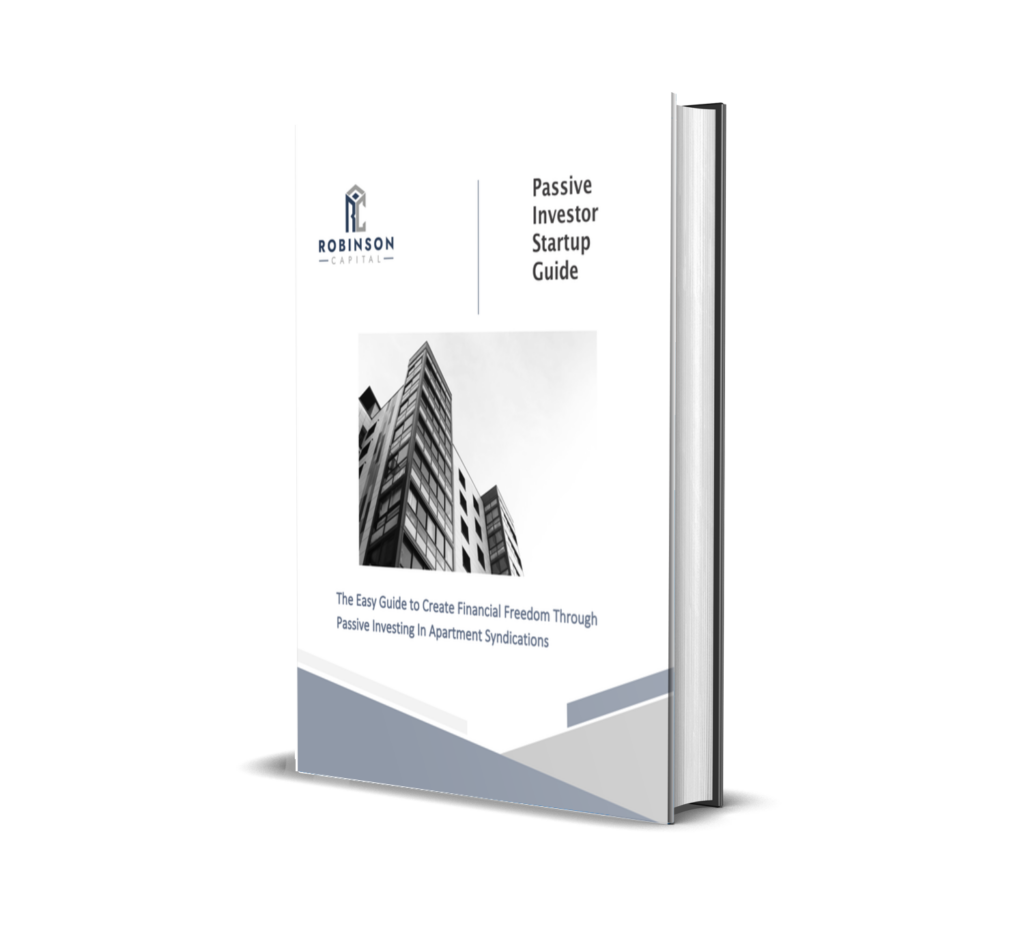Many investors someday aspire to grow from their single family rental portfolio to owning many multi-family assets. Mistakenly, they may assume that what is necessary to be successful in multi-family real estate is identical to that of single-family investing. There is one fundamental difference in investing in the multi-family versus single-family real estate assets.
One Key Difference
Unless an investor has scaled to a sizable portfolio of single family homes (or has a system in place to do so), they are not running it like a business. To support, I will first highlight characteristics of single-family investments.
Single-Family – lifestyle, forgivable margin for error, immature systems
When one invests in single-families, they are often competing with retail buyers and homeowners for purchase of the same properties. The valuation of these properties is based on comparable sales (what a recent homeowner paid for a similar house). As in investor, you seek to generate cash flow from the difference between whatever rent can be made from the house and any debt service on the property.
Anyone can pull this off and the process is forgiving. Many people become accidental landlords and rent out a house they lived in or inherited. We would not call them real estate entrepreneurs, although many exist with he focus on single family real estate. Most single-family landlords are using personal funds to manage the property, may be performing their own maintenance and servicing and may not have true systems to manage or grow this operation. While this may be a great fit for some, I will explain multi-family investing.
Multi-Family – buying a business; must manage as business with team and systems
When one purchases a multi-family asset (particularly 5 units and over), they are taking on a business; just as if they are buying into an operating company, investors are buying into the net operating income of a real estate asset. With this understanding, the underwriting of the acquisitionshould be taken very seriously. The investor should know and understand the potential income, all sources of income and applicable expenses. Valuation is also critical, as it is essential to understand the net operating income (current and future) of the property to know its current and future valuation. The criticality of buying right increases as one purchases larger assets.
Systems are very important in multi-family investing. You are no longer managing four houses, but dozens of doors and many more residents. Having a team and property management system in place is of great necessity. Many of these things you can get by without in the single family space; or perhaps you can figure it out as you go. However, when investing in multi-family, it is important to have the foundation and groundwork laid with systems and a team.
A happy medium for most people
If you are reading this, you may have already been faced with the choice of investing on the individual level or team level. You recognized that as an individual investor, you do not have the burden of dealing with teams and massive projects, but you are limited to your own resources and cannot scale your business as fast. You want the scale of a multi-family portfolio; however, you do not want to grow a multi-family business all on your own.
Perhaps, you are aware of a happy medium that gives you the benefits of both: not having the burden of actively managing a real estate business but participating in the upside. That is passive investing. By investing in apartments as part of a syndication, you are a part of a pool of funds used to acquire a larger asset and generate larger cash flows and wealth for a series of investors (that is you). You are hands off and regularly receive updates on the project and operations of the asset.
As a single-family investor, I learned this and have made a pivot to multi-family, where I can build a true business that both reaches thousands of residents and many communities and allows our partners to grow wealth at the same time. My company, Robinson Capital, strives to help working professionals participate in the wealth-building characteristics of multi-family investing, allowing them to support their goals to create wealth for goals such retirement, children’s college and overall future legacy.
Passive Investor Startup Guide

To find out more about what it looks like to invest as a passive investor in multifamily real estate, download our free Passive Investor Startup Guide here!
Popular Passive Investor Articles
- – Mindset: Freedom through passive investing
– What is multi-family syndication?
– Do I have to be accredited to invest in a syndication?
– How passive investors can find great sponsors
– What to look for in potential syndicators
– About Robinson Capital
If you invest in stocks or other assets are seek to diversify your portfolio, achieve higher returns or get educated on the power of real estate, subscribe to my articles for automatic updates on new weekly content. Also, sign up for our newsletter for regular updates on our business and to learn how you can passively invest and grow your wealth through real estate.
Rodney Robinson II
[email protected]